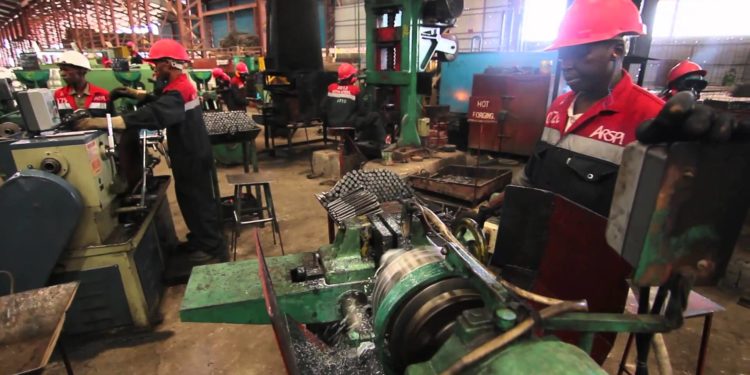The Stanbic Bank Kenya PMI, a key indicator of the country’s private sector activity, showed a slight deterioration in operating conditions across the private sector in March.
This contrasted with the improvement seen in February, when the PMI rose to 51.3 points – the first time it had been above the neutral 50.0 mark in six months.
According to the data, order book volumes and output levels both contracted in March, contributing to the decline in overall operating conditions.
However, the report also highlighted some positive signals for Kenyan businesses. Staffing and inventories continued to show growth, suggesting potential opportunities for expansion within the private sector.
Additionally, input cost inflation slowed to its lowest level in over three years, which was attributed to a recovery in the Kenyan shilling. This resulted in savings being passed on to customers as output prices rose at a slower pace.
The headline PMI fell below the neutral 50.0 mark in March, dropping to 49.7 from 51.3 in February. This signified a slight decline in operating conditions, marking the lowest recorded for three months.
Business activity reversed its course after February’s upturn, with output contracting modestly. Lower new order intakes and cash flow problems were cited as reasons for this decline.
However, the decline in new orders was fractional, supported by easing price pressures. Inflationary pressures slowed at the end of the first quarter, with overall input costs rising at the slowest pace since February 2021.
Kenyan firms reduced their purchases of inputs in line with weaker sales, leading to shorter supplier delivery times as pressure on vendors relaxed. But firms managed to build their inventories for the second month running, driven by hopes of improving customer demand.
Employment numbers rose for the third consecutive month in March, although the increase was marginal and the slowest in this growth sequence. Expectations towards future output also rose to a four-month high, supporting expansion plans, particularly in the services and wholesale and retail sectors.

















